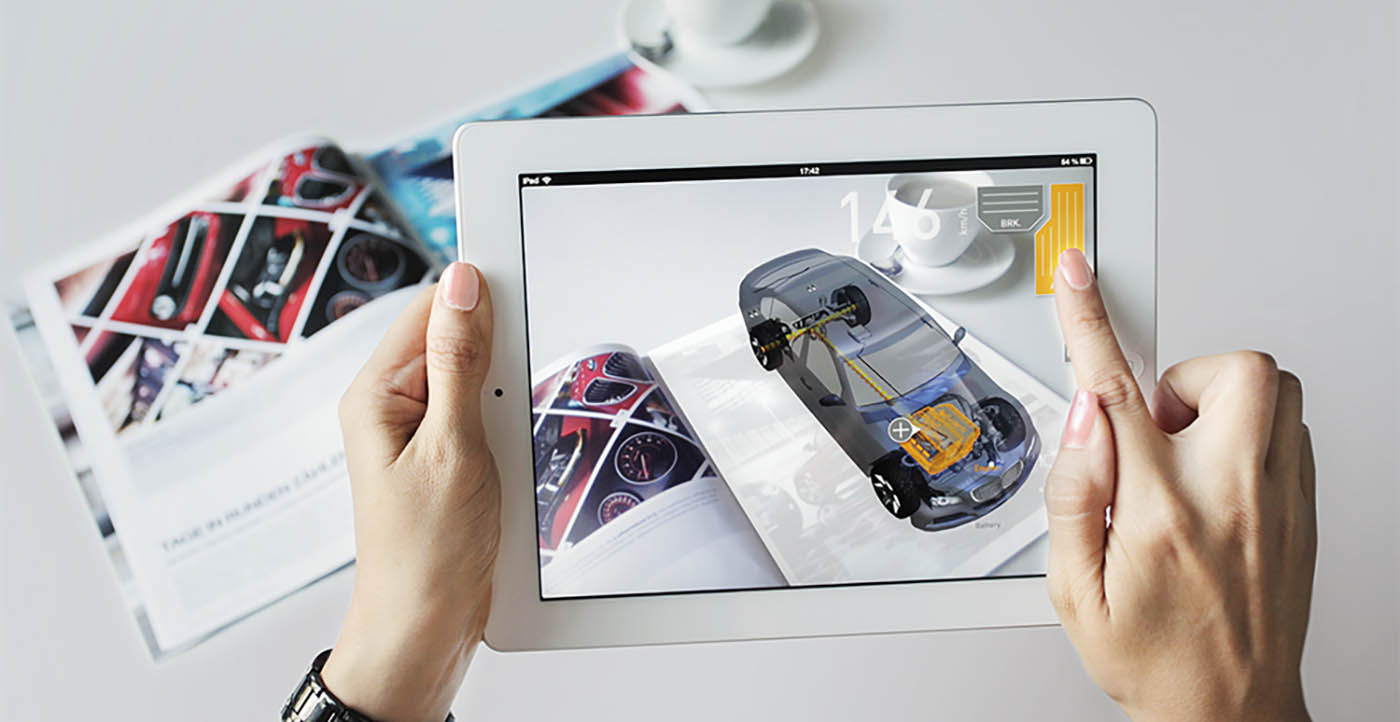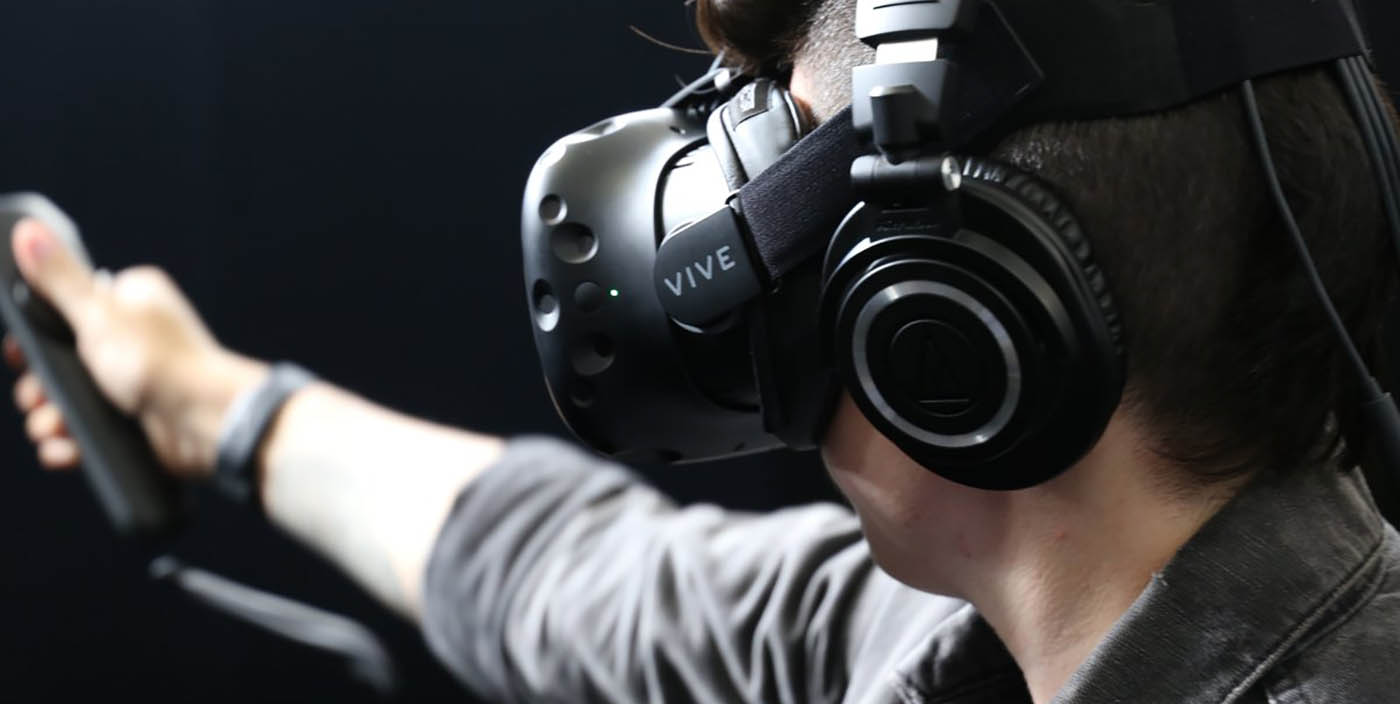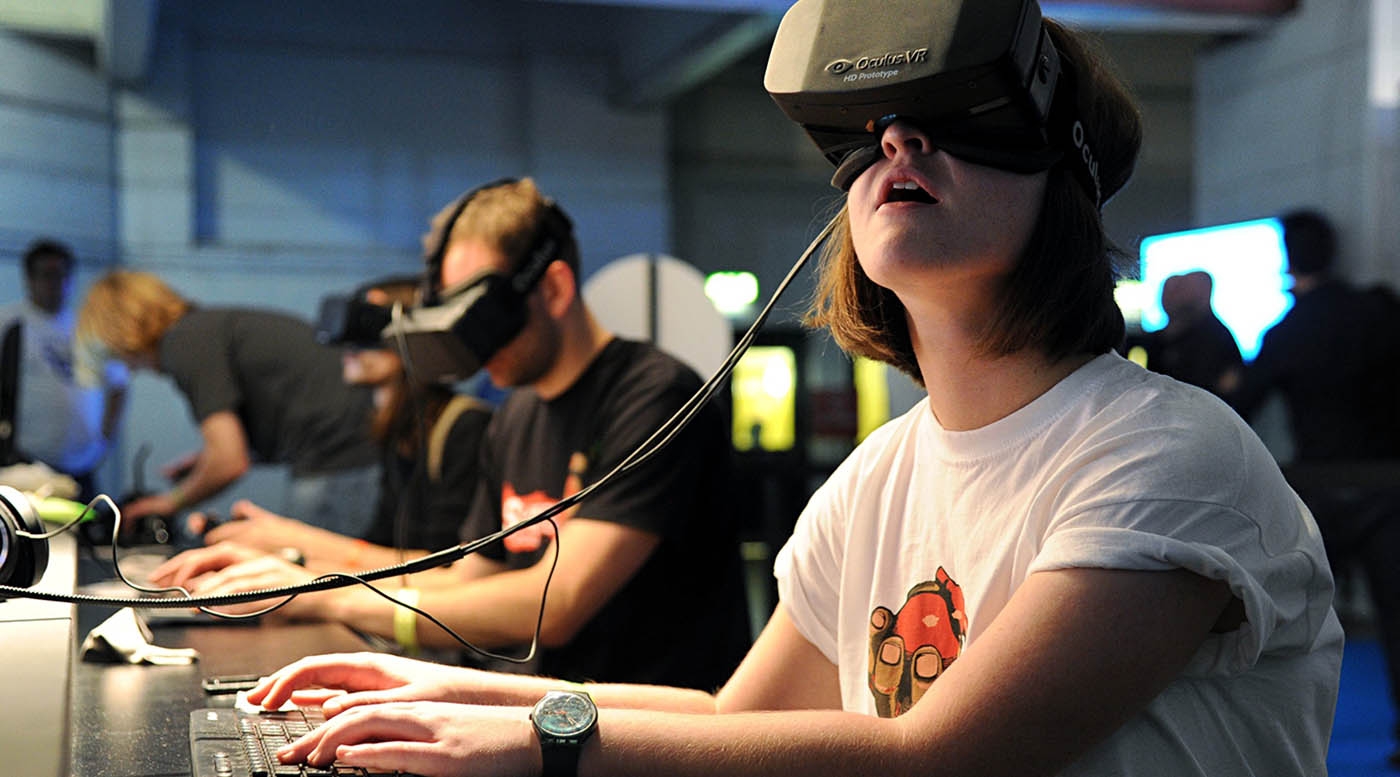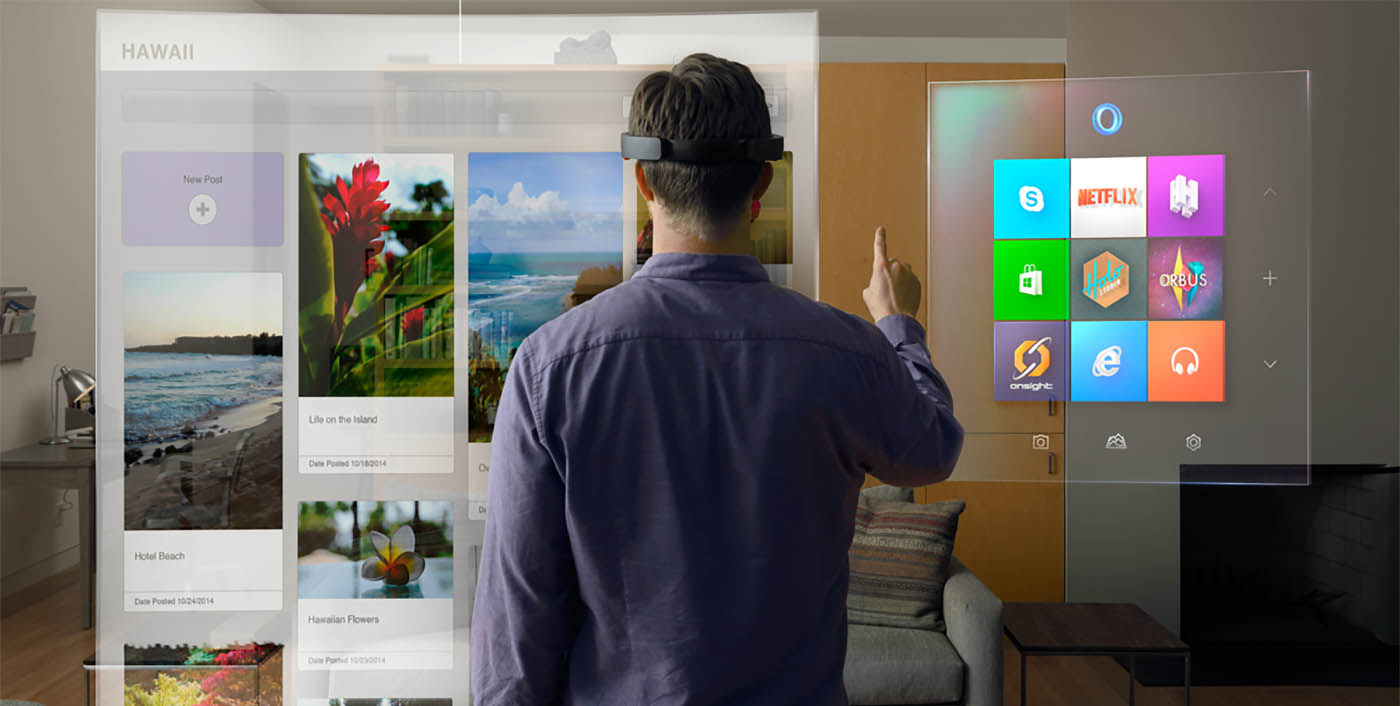Augmented or Virtual?
“It’s reality Jim but not as we know it!”

Both of these digital behemoths are attracting a lot of media attention but what is augmented and virtual realities, how do they work and how do they fit into the business world?
Augmented Reality (AR)

Augmented Reality is a digital technology that overlays computer-generated assets over the top of real world objects through the use of trigger images or geolocation hot spots. The idea is that you can introduce characters, products, objects and concepts into a real world situation usually through an app or interface on a mobile device.
It can be used in a plethora of different ways from soft marketing, through to visualisation tools, virtual tours and much much more.
Innovation in the AR arena is also leading to revolutionary holographic and motion activated systems… so the line between computer and real world “realities” is getting closer and closer!
Virtual Reality (VR)

Virtual reality is computer-generated environments that either recreate real world situations or create entirely simulated environments. They are designed to immerse the user's vision and hearing, typically through the use of a headset.
There are usually two areas VR can be used, to create and enhance imaginary settings that can be used for entertainment and gaming or real-life environments recreated for the purposes of training and practice for real world scenarios. (i.e. surgeons and pilot training)
How do they work?

Both of them utilise similar technologies to enhance and/or enrich an experience.
With AR a series of computer-generated objects using registration reference points on where to place the relevant content, the device streams real world footage and fits the CGI items into the feed. Algorithms assess the feed and adapt the CGI accordingly allowing you to move around the space to get different angles. There is also the option of adding controls to allow you to take a virtual item (like a radio controlled car for example) for a virtual spin. Only needing an app and a mobile device makes AR easily accessible to the world.
VR, on the other hand, immerses you into a virtual world which usually encompasses vision and hearing but can also include touch and sometimes even smell. Within the headset, each eye is shown a slightly offset version of the same image that fools the brain into seeing the image in three dimensions. Add in surround sound for an immersive interactive entertainment. The limiting factor is the cost of the hardware which can be expensive.
So what good is all this to businesses?

Consumers always become savvier the more you throw at them. The advantage of something as interactive as AR and through a simple app, you can give your customers fresh content through the app and with interactivity you can keep your business in the forefront of their minds. The key is updating the content and keeping it fresh and new will keep your customers interest and make them more likely to come to you when they need you.
If you want to wow an audience, VR can make an impact at an event or trade show, with virtual tours of your showrooms or factories, immersive and interactive examples of your products & services, or simply a cool game that will encourage people onto your stand.
If you can combine both Augmented and Virtual realities you are onto a winner.
We can provide both Augmented Realty and Virtual Reality at RJDM, so if you'd like to come, take a look and see our wicked AR Shark in the studio, give our AR RC car a drive or take a tour with Mimi on the interactive Augmented Reality tour, we’d be happy to show you how it works and talk through how it could help your business.









 RJDM Studios
RJDM Studios

 Animation Home
Animation Home

 Online Home
Online Home

 Apps Home
Apps Home

 E-learning Home
E-learning Home





 SHARE
SHARE SHARE
SHARE SHARE
SHARE +44 (0)1604 648 464
+44 (0)1604 648 464 info@rjdm.com
info@rjdm.com